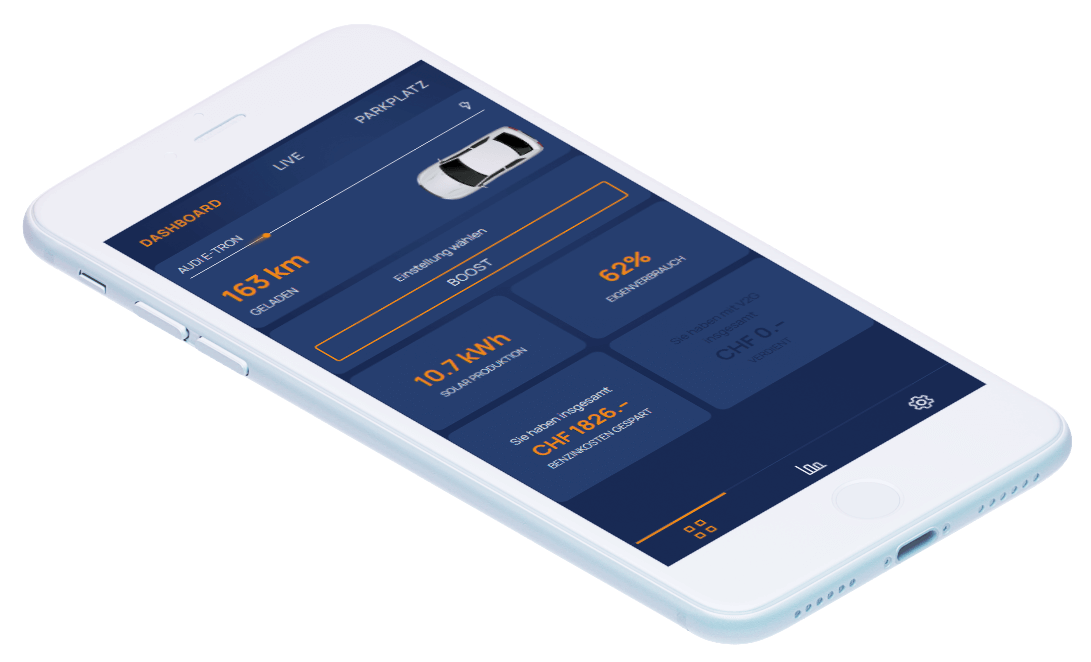Use your own electricity and become independent
Beat the power shortage with sun2wheel. The charging stations and recycled batteries of sun2wheel are controlled with the most modern load management of sun2wheel. With the first bidirectional charging station on the market, the car can be used as storage.
This not only avoids the power shortage, but also increases the self-consumption share of the photovoltaic system. With us you can start very small and we will accompany you to the top of the electricity future.
Which charging solution do I need?
Find the right product for you here.
Your advantages of the sun2wheel system
Offer: Upgrade from SIMPLE to BIDIRECTIONAL
Our answers to your questions
Which vehicles are bidirectional?
The following vehicles are enabled for bidirectional charging as of February 2024:
- Honda e
- Nissan: Leaf (from 2014) & e-NV 200
- Mitsubishi: i-MiEV, Outlander and Eclipse Cross
- Peugeot iOn and Citroën C-Zero
Listed are all vehicles that allow vehicle-to-home via a suitable charging station. Vehicle-to-load, such as the Hyundai Ioniq 5, must be considered separately. Here, you can only draw a limited amount of power via an onboard plug (single-phase, up to 3.6 kW), but you cannot supply a house with electricity.
Further information: In principle, all Japanese electric vehicles can charge bidirectionally because this is mandated by the Japanese government. So far, bidirectional charging is primarily possible for vehicles with CHAdeMO plugs. The Honda e is an exception, it can do bidirectional charging via the CCS plug. Bi-directional charging requires approval from the vehicle manufacturer and certification of the charging station for the specific vehicle type.
Several vehicle manufacturers have announced that their vehicles will be enabled for bidirectional charging in the near future. In general, the introduction of an international standard ISO 15118-2020 is expected by 2025, which will also regulate bidirectional charging with CCS charging plugs in a binding manner.
Find your installation partner
sun2wheel AG
Rengglochstrasse 19
6012 Obernau
Schweiz
+41 61 927 55 66
Benjamin Röthlisberger
Bäraustrasse 35
3552 Bärau/BE
Schweiz
034 402 17 80
Christ-Andri Hassler
Resgia 13
7432 Zillis-Reischen
Schweiz
081 650 77 77
Reto Nussbaumer-Steffen
Wabernstrasse 75
3007 Bern
Schweiz
031 372 44 88
Urs Pfirter
Seestrasse 78
8805 Richterswil
Schweiz
043 888 90 23
Jürg Schneeberger
Tiefackerstrasse 144
3147 Mittelhäusern
Schweiz
031 848 10 00







